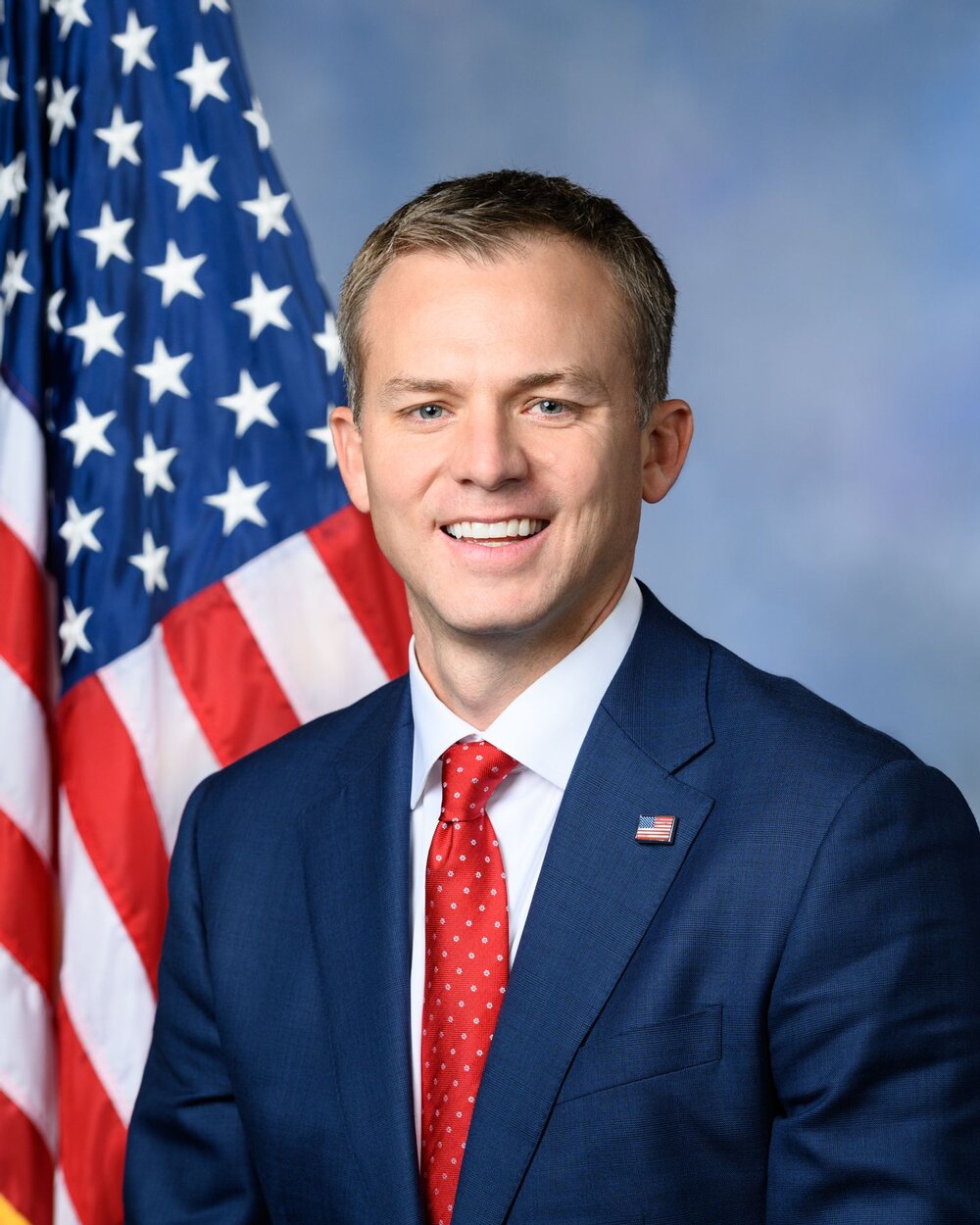The Digital Divide and its Detriments
January 27, 2017
By Meredith Seiberlich
The Digital Divide and its DetrimentsBy Meredith SeiberlichEditor’s Note: The Millennial Voices series is written by and for Millennials to foster nonpartisan discussion. Meredith Seiberlich is a sophomore at American University. The opinions expressed in this commentary are solely those of the author.As we go further into the 21st century, telephones and television are no longer the only powerful forces of social capital like they were 50 years ago. Internet use has taken over as the most prevalent form of communication. But not everyone is participating.For those 15% of offline Americans, a digital divide is created between the online and offline populations. This divide has serious consequences for the offline population with regards to their educational attainment and future success.Digital inequality has deepened racial and social disparities in the United States. The offline population disproportionately consists of underserved populations, including people in rural areas, low-income households, and women. In the US, 80% of people without an internet connection fall below the poverty line (which is the highest proportion for any other country except Mexico).Source: McKinsey & CompanyRural areas in the United States have some of the lowest literacy rates in the nation. Many areas struggle to find affordable broadband and lack the funding for libraries or media centers. Young students without internet access at home are restricted to 1–2 hours of lab time in school, and sometimes they’re driven to cheat or slack off, creating habits that are hard to break.Homework assignments have evolved to rely heavily on an internet connection, and lacking such access can quickly make completing an assignment impossible. If we also consider the internet’s role in accessing higher education, from applying for financial aid to enrolling in online courses, the digital divide keeps underserved populations struggling in the poverty cycle.Source: Flickr under Creative Commons licenseThe internet provides more than just a platform for homework: Tutoring services, community forums, and a wealth of academic information can all be found online. Even the ability to email a teacher with questions after class is a privilege for people with the internet.Providing affordable and accessible internet connection is certainly a technologically innovative idea, but it is also much more than that. Internet access can mean the difference between a high school diploma or dropping out, a career or poverty. Most of us take these opportunities for granted, but for others, their lack of internet access creates innumerable obstacles to educational success.Source: Flickr under Creative Commons licenseIt’s difficult to quantify the exact number of the opportunities the internet provides, making it all the more critical that we close the digital divide. Increasing internet access means a more educated and economically powerful society. Working together with government leaders and community organizers, we can create a culture of empowerment rather than inequality.Meredith Seiberlich is a sophomore at American University majoring in Political Science with a minor in Sociology. She serves as an ambassador for the School of Public Affairs, the president and program coordinator of Step Up AU, and a mentor for underprivileged DC elementary school students. She is passionate about otters, Lyndon B. Johnson, falafel and recycling.As a tax-exempt nonprofit organization governed by Section 501©(3) of the Internal Revenue Code, Millennial Action Project (MAP) is generally prohibited from attempting to influence legislative bodies in regards to policy and legislation. It is important to note guest authors frequently take firm stances on issues and policy matters that are currently being debated by policymakers; when they do, however, they speak for themselves and not for MAP, its board, council or employees.Originally published on November 10, 2015 at futurecaucus.org.
By Millennial Action Project on January 27, 2017.






Join 1,900+ BIPARTISAN LEADERS NATIONWIDE
Be a part of a network of lawmakers committed to governing effectively, passing more representative public policy, and increasing public trust in democracy.